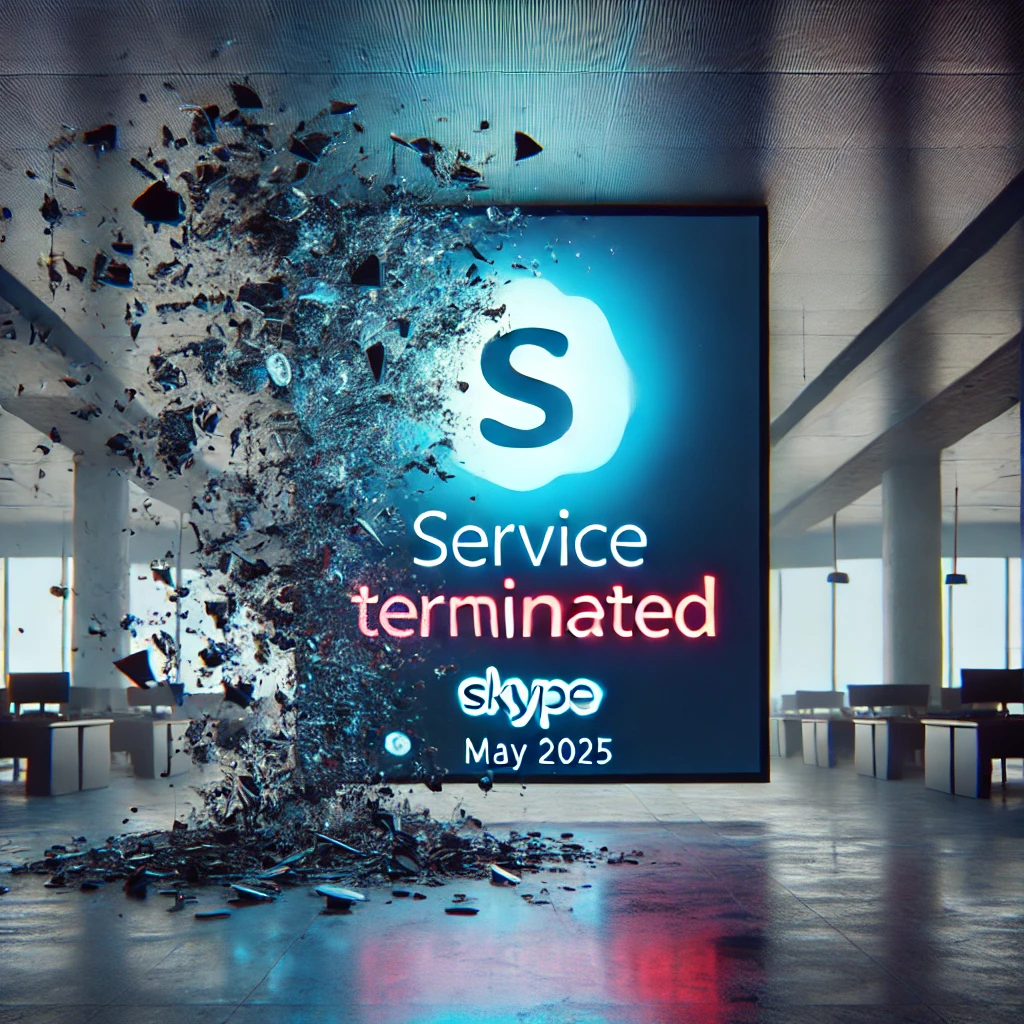
March 1, 2025 – After more than two decades of service, Microsoft has announced that Skype will officially shut down on May 5, 2025. The decision reflects the company’s shift towards Microsoft Teams as its primary communication platform, signaling the end of an era for one of the most well-known video calling services in history.
Why Is Microsoft Shutting Down Skype?
Skype, launched in 2003, was a pioneer in online communication, offering free voice and video calls long before the rise of competing platforms. Microsoft acquired Skype in 2011 for $8.5 billion, integrating it into its ecosystem to enhance online communication. However, with advancements in technology and shifting user preferences, the platform has struggled to keep up with modern demands.
Over the years, Skype has faced tough competition from Zoom, Google Meet, WhatsApp, and Microsoft Teams, leading to a decline in active users. Microsoft now considers Teams a more advanced and flexible solution, particularly for businesses and organizations. With Teams offering seamless integration with Office 365, AI-powered features, and a better user experience, Microsoft has decided to retire Skype and focus entirely on its successor.
What Happens to Skype Users?
Microsoft has assured that existing Skype accounts will remain functional and can be used to log into Microsoft Teams. Users will be able to migrate their contacts and chat history without losing any important data. The company has also released transition guides to help individuals and businesses smoothly switch to Teams before Skype is permanently discontinued.
For those who rely on Skype for personal use, alternative options like Zoom, Google Meet, or WhatsApp can be considered for video calls and messaging. Businesses that use Skype for communication can transition to Teams or explore other collaboration tools based on their needs.
Skype’s Legacy in Digital CommunicationFor many, Skype was the first introduction to free online video calls. During its peak, Skype had over 300 million active users, helping families stay connected, businesses conduct virtual meetings, and even news channels broadcast live interviews. The platform played a critical role during the early 2000s when remote communication was still evolving.
Despite its achievements, Skype struggled with performance issues, interface changes, and the growing dominance of competitors. The COVID-19 pandemic further shifted users toward platforms like Zoom, which provided better stability and user-friendly features.
What’s Next for Microsoft?By shutting down Skype, Microsoft is reinforcing its focus on Teams as the go-to communication and collaboration platform. Unlike Skype, Teams is designed for both personal and business use, integrating video calls, messaging, file sharing, and productivity tools under one platform. Microsoft is also introducing AI-powered enhancements in Teams, making it more competitive in today’s digital communication landscape.
Skype’s retirement marks the end of a significant chapter in internet communication. While it may no longer be the preferred choice, its legacy in shaping digital conversations remains undeniable. Users now have several advanced alternatives, with Microsoft Teams leading the way as its official successor.As May 5, 2025, approaches, Skype users are encouraged to transition to newer platforms to continue their online interactions without disruption. The world of digital communication is evolving, and Microsoft is moving forward with it.
#SkypeShutdown#MicrosoftTeams#EndOfAnEra#GoodbyeSkype#SkypeToTeams#MicrosoftNews#TechUpdate#DigitalCommunication#FutureOfWork#OnlineMeetings#VideoCalling#TechEvolution#RemoteWork#BusinessCommunication#AIInTech